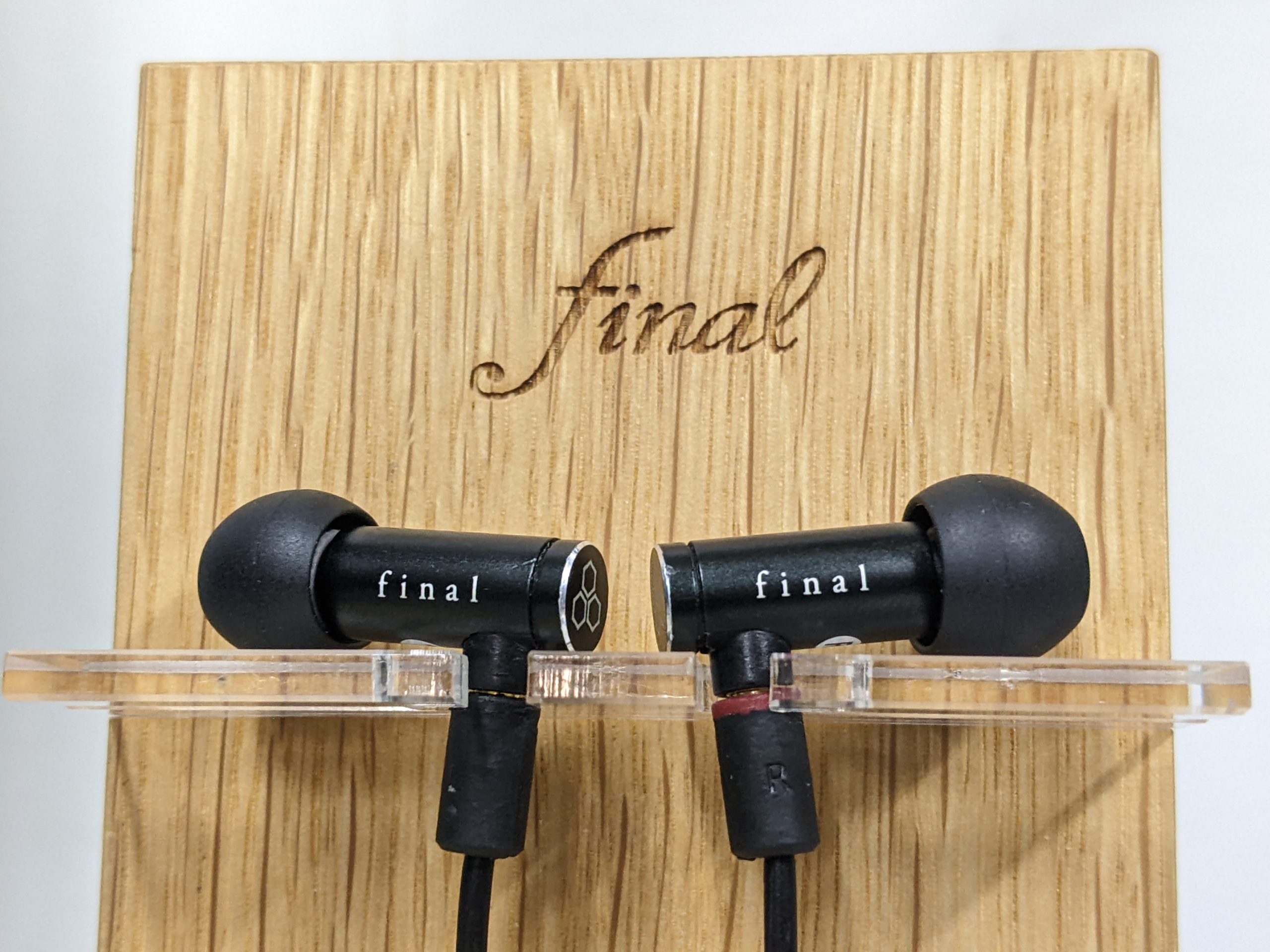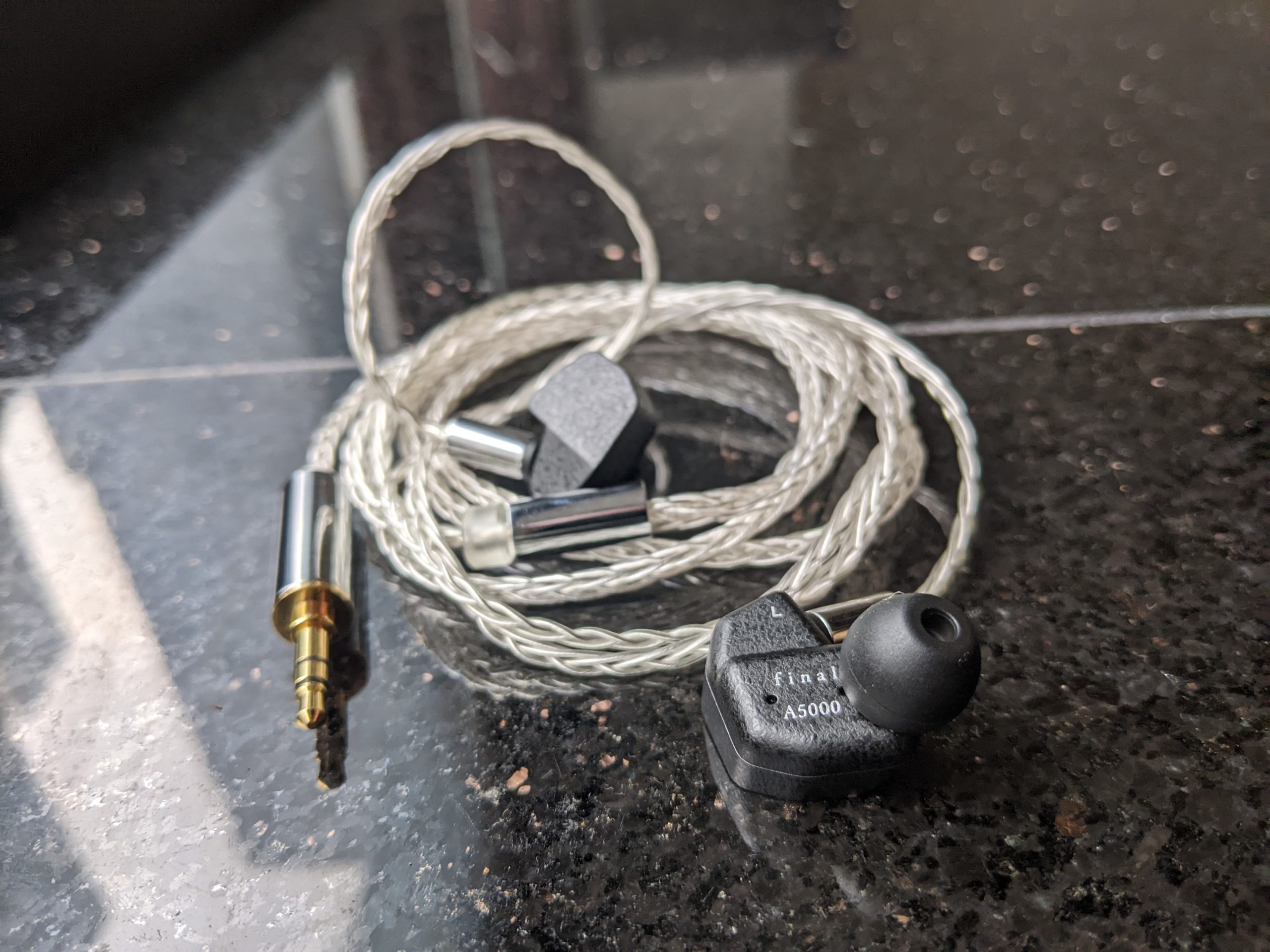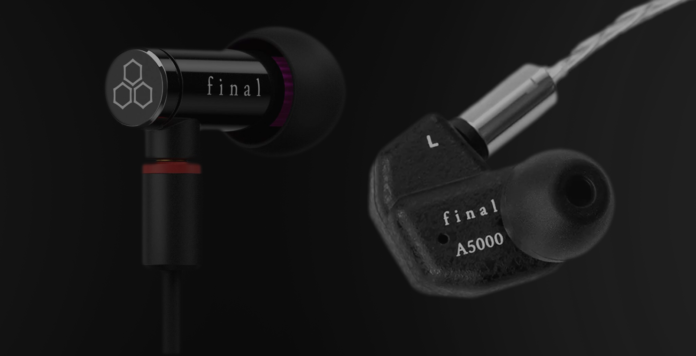Final Audio A5000 vs. E4000 Comparison Review
I may be in the unusual position of having tried the Final Audio A5000 before the E4000 for this comparison review, but alas, here we are. The A5000, which officially dropped only a few days ago, left an excellent impression on me for an IEM under $300, and fully warranted the MajorHiFi Silver award. Final Audio’s E4000, however, has proven itself quite a popular release, and earned itself a MajorHiFi Gold when it came out a few years back. The E4000 comes in at $149, nearly half the price of the A5000; this review is less about which is a better IEM (safe to say that most would agree the A5000 is the winner), but rather how well each proves their value, and whether or not the A5000 is a worthy upgrade.
What’s In the Box?
|
Final Audio E4000 |
Final Audio A5000 |
|
E4000 earphones |
A5000 earphones |
|
MMCX Cable |
Silver plated 2 pin cable with 3.5mm jack |
|
5 Type E Silicone Ear Tips |
5 Type E Silicone Ear Tips |
|
Silicone Carrying Case |
Silicon carrying case |
|
Earhooks |
Ear hooks |
|
Karabiner |
Look and Feel
It’s almost unfair to pit the Final Audio A5000 and E4000 up against each other in this department. The A5000 has a more typical in-ear monitor build, with a shape that fills up a listener’s concha, and is made from ABD resin. The E4000 follows a “screwdriver” physical design, and sticks into the ear canal in a straight line with a narrow, L-shaped build, and is made of aluminum. You can probably see what I’m talking about from the pictures. I frequently struggle to get screwdriver earphones or IEMs like the E4000 to feel evenly situated in my ears, so my preference in fit goes to the A5000. That being said: some people like oranges, but I like apples.
Things that both have going for them is a relatively small build and a very convenient light weight. Once I started adjusting to the E4000’s shape and style, I didn’t have any problems with having to readjust it, and would certainly qualify it as comfortable despite my subjective preferences. Both in-ears had above average passive isolation, but I think the A5000’s ear-filling physical quality gave it a slight edge in this department. The E4000’s physical build played a large role in my perception of its staging and imaging, but I’ll talk more about that shortly.

Technical Design and Specs
Final Audio made quite a bit of progress in their driver designs since the release of the E4000, and that’s reflected in the A5000, which borrows design principles realized while the company was working on the top-of-the-line A8000. These upgrades are seen in the brass front housing of the A5000, which is less reactive to magnetic interferences than common aluminum. More lightweight adhesives and voice coil design was also used to minimize the weight of moving parts and create a faster response time. An in-house designed F Core Du dynamic driver is also featured, which Final Audio boasts for its diaphragm’s uniformity that leads to a listening experience “without distortion.” Notable design elements in the E4000 include an acoustic resistor in the back of the housing that connects to the L shaped acoustic chamber, which work together to control low-mid frequency characteristics.
|
Final Audio E4000 |
Final Audio A5000 |
|
|
Sensitivity |
97 dB |
100 dB |
|
Impedance |
15Ω |
18Ω |
|
Driver Type |
6mm Dynamic |
6mm F-Core Du Dynamic |
|
Cable |
MMCX |
2 Pin Silver Coated |
|
Weight: |
18g |
28g |
Soundstage
This is one area where both units perform almost bafflingly well considering their price points. Depth and width are very apparently abundant in both the A5000 and E4000. Parts of tracks are distinctly separate from one another, vividly approaching my ears with excellent spatial dynamics and angular qualities. Both even included elements of height when they were performing at their best, with the E4000 prone to sending tracks dense with lower mids bending under my jaw and the A5000 positioning vocals slightly above my forehead.
While the imaging is exceptional with both units, the Final Audio A5000 makes the most of this quality by pairing its strong spatial separation with a surgically precise balance. It’s the A5000’s airy and spacious sound that makes its imaging moderately larger than the darker and denser E4000. Despite the A5000 edging out this tight race in its stage and image, I nonetheless found the “screwdriver” shape of the E4000 to produce something of audio illusion by producing rich depth while simultaneously feeling minimally present in my ear. In short, I give serious props to both units.

Balance Comparison
The A5000 is all about clarity and separation, featuring a steep-yet-narrow low-end boost that centers on mid bass but brings subs up quite a bit as well. This boost seems to be heavily rolled off throughout the high bass and completely over-with by the low-mids. Flat low mids are followed by a modest center mid scoop before things start ramping up again in the high mids as well as low and mid treble.
The E4000 is more about warmth, widely boosting its low end and seemingly using the rest of its frequency response for its roll off: the higher in frequency you go, the quieter things get. This gives it a fun, fuzzy, low end character that prominently drives mix,while still retaining enough high mid presence to ward off an outright muffled sound character.
Overall, there is obviously more refinement and complexity in the A5000’s balance. The narrowly boosted low end seems to operate on a separate layer from its smooth and airy high end, providing striking impact and density that does a great job retaining the detail on low-end and high-end timbres alike. To be blunt, the Final Audio E4000 can hardly compare to the A5000 when it comes to clarity. Though its low end emphasis gives it a certain pleasant fuzziness, it simply lacks the stark contrasts and separations that the A5000 can provide. Low end on the E4000 presents itself as a singular, solid layer, and fails to tap into the finer and faster details that the A5000 showcases with ease. While the E4000 has enough treble to stave off a muffled sound, it doesn’t have enough to be particularly revealing in the higher frequencies, and seems to stifle the lifting qualities of vocal air, cymbals, and the harmonic overtones of higher pitched guitars and synths a bit too much.
In short, the Final Audio A5000 is airy, crisp, and clear with no shortage of satisfying bass. The E4000 is warm, comfortable, soft and bassy, but simply comes nowhere close to possessing the same revealing character as the A5000 when it comes to its balance.
Overall
I come away incredibly impressed with both units. To answer my question from the beginning of whether or not the A5000 offers itself as an appealing $279 upgrade from the $149 E5000: it most certainly does. While though the E4000 doubtlessly outperforms its price, the A5000 does as well, and does so with greater grace and elegance. While I would recommend the Final Audio E4000 as a great in-ear unit that doesn’t break the bank, there are clearly a few identifiable weaknesses in its balance clarity that make the addendum of being great “for its price” necessary. I can’t quite say the same for the Final Audio A5000, which I listened to for hours and could only find a mild criticism for its attenuation of its center mid frequency. It needs no “for it’s price addendum;” like I said in my review for it, it is simply an excellent IEM in general. My two cents? The upgrade is worth it. The E4000 may be a $149 dollar in-ear that sounds like it’s $225, but the Final Audio A5000 is a $279 unit that sounds like it’s $500.
The Final A5000 and E4000 are available at Audio46.
|
Final Audio A5000 |
Final Audio E4000 |
|
Excellent imaging and depth |
Excellent imaging and depth |
|
Powerful low end that sits cleanly in the balance |
Powerful low end that dominates the balance |
|
Prominent, airy treble |
Attenuated treble |
|
Great spatial and balance separation |
Great spatial separation, lacking in balance separation |
Compare the ranking of various headphones, earbuds and in-ear monitors using our tools.
Discuss this, and much more, over on our forum.
---MAJORHIFI may receive commissions from retail offers.















